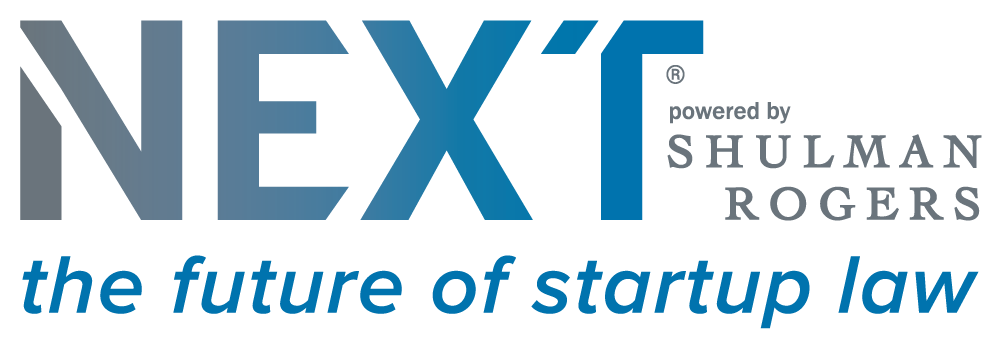The onset of the Covid-19 pandemic brought with it a surge of new business ventures, with almost four million new business applications filed in the first three quarters of 2022 alone. Unfortunately, many do so with high ambitions and a driving passion for the new business they are creating, while lacking some of the knowledge necessary to make it past the first five vulnerable years. During the launch stage, there are a number of risks founders need to manage, beginning with building their team.
Bringing on external team members for the first time is a tremendous milestone in a young company’s life and plays a huge role in the business’s initial trajectory. At this point, founders are faced with four very important questions around team building:
1) Am I picking candidates who are a good fit for the business?
2) Am I appropriately classifying these individuals?
3) How will I reward and compensate them?
4) How do I protect my intellectual property if a team member leaves?
Understanding how to clearly and intentionally answer these four questions as founders may be the difference between those who build successful companies in their respective industries and those who fall into the five-year-failure bucket.
Am I Picking the Right Individual?
As founders establish a team, they must pay attention to the ways in which each individual complements the others. Single founders in particular are bound to have blind spots, so practicing self-awareness and filling early positions with individuals whose strengths complement the founder’s vulnerabilities will be key.
Building a business is a twenty-four-seven endeavor, one in which founders will be surrounded by the individuals whom they select to stand by their side. It is critical, therefore, to make the most of the opportunity when building a team from scratch and prioritize those that align with a founder’s vision, work ethic, commitment, and the speed at which they plan to grow the business.
How Am I Classifying Each Team Member?
The very first thing to think about while onboarding a new member of the team is whether they are an independent contractor or an employee. Each role offers a set of advantages and limitations that are important to understand. While founders will have more control over employees, founders typically default to an independent contractor classification because it avoids the challenges of compliance with withholding tax and other legal formalities.
What many might not realize is regardless of how a founder classifies a new team member, the various federal agencies as well as every state have varying regulations that determine the legally correct classification. To ensure each hire is onboarded appropriately, founders must follow the relevant guidelines, as well as connect with an employment attorney to ensure compliance.
How Will I Compensate Each Team Member?
Beyond traditional compensation methods, startups frequently offer employees stock options or common stock in the business. When offering equity, there are three crucial questions to answer: how much do I grant, should the equity grant vest over time, and if so over what is the appropriate vesting period?
The size of the equity award is driven by several factors that include the amount of cash compensation, the experience level of the employee, how critical the role is to the continued success of the company, and the stage of the company. For example, a senior-level employee integral to the company’s success, who is paid below-market cash compensation during the risky startup stage of a company, would require a larger equity grant than a similar individual being paid a higher salary or joining the company at a later stage.
Most commonly, founders will offer four-year vesting with a one-year cliff. In other words, the individual must remain with the company for at least one year to vest 25% of the award, and the rest is vested monthly over the next three years. Not only is this the market standard for venture-backed companies, but it gives the employees or contractors the incentive to stay and help build the company for at least four years.
Without vesting, a new team member could leave the business after a few weeks or months with their full equity award – a less than ideal outcome for remaining founders and other team members who together will be working 24/7 for the next five-plus years building the business.
Additionally, any time a startup completes a new round of funding, investors typically like to see 10 to 12 percent of unallocated stock options in the pool for future employees, which serves as a pool for the next stage of growth.
How Can I Protect the Business’ Intellectual Property?
Another critical element in onboarding an employee or consultant is a PIIAA – a Proprietary Information and Inventions Assignment Agreement. This agreement ensures that all confidential information will be kept confidential, and the work the new team member does for the company as a consultant or an employee belongs to the company and not the individual.
Most early-stage startups are not aware of this step, which may create a problem for the startup when seeking venture capital funding, as founders will likely be faced with this question during due diligence. From an investor perspective, if there is a departed co-founder or early employee who may in the future challenge the ownership of intellectual property, that presents a risk that may impact an investor’s decision on whether to invest.
It is an exhilarating experience to start and grow a new business. While the big picture is important, it is also critical for founders to have an understanding of the common pitfalls when starting the exciting process of building a team. By anticipating these risks, and getting the right counsel and guidance ahead of time, founders can avoid mistakes that can impact the trajectory of their new ventures. With this knowledge in hand, and these risks addressed, founders can turn back to inspiring individuals to join them on their journey to successfully bring their vision into the world.
To learn more about how to build a quality team, contact us!
Originally published on hr.com.



